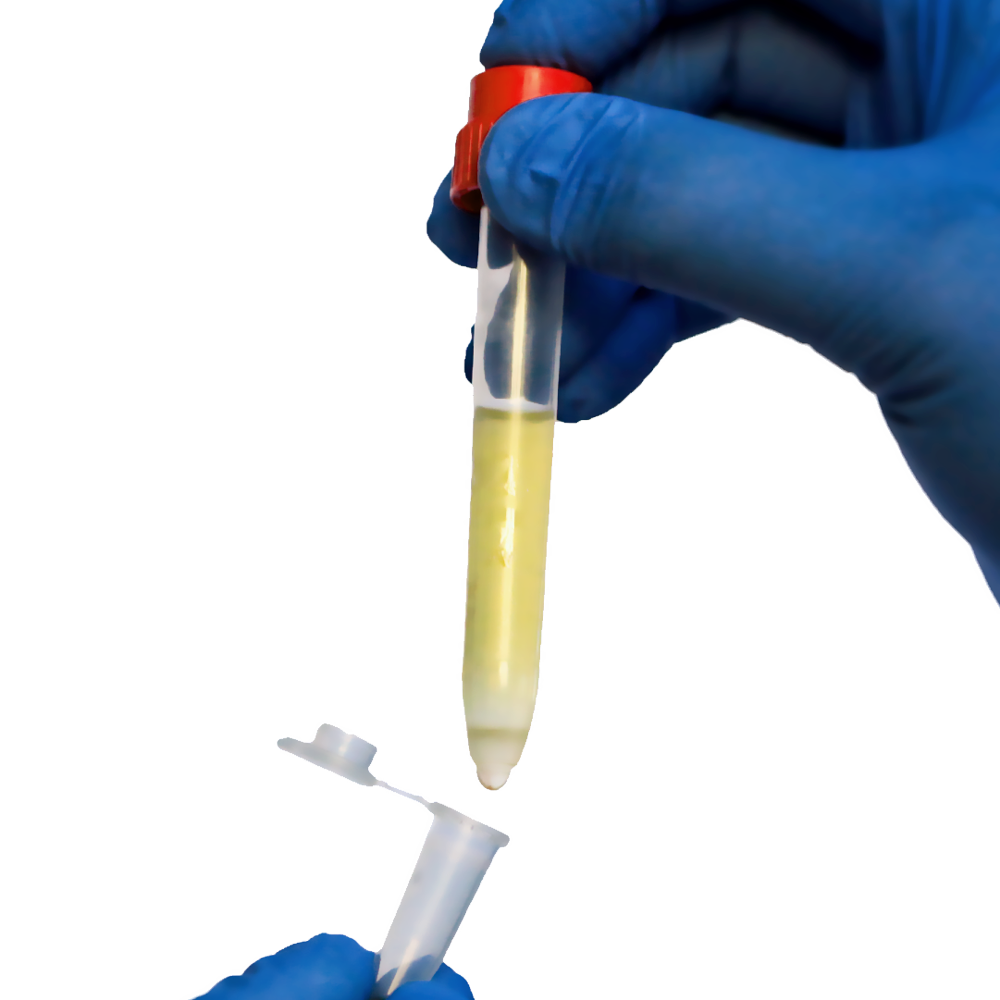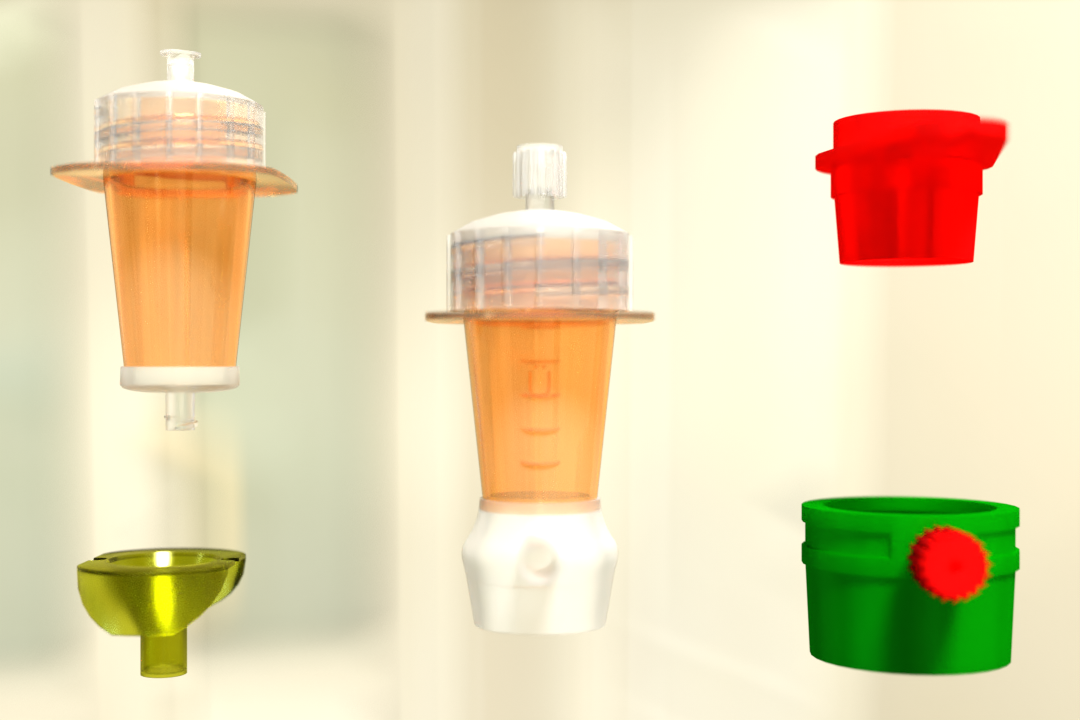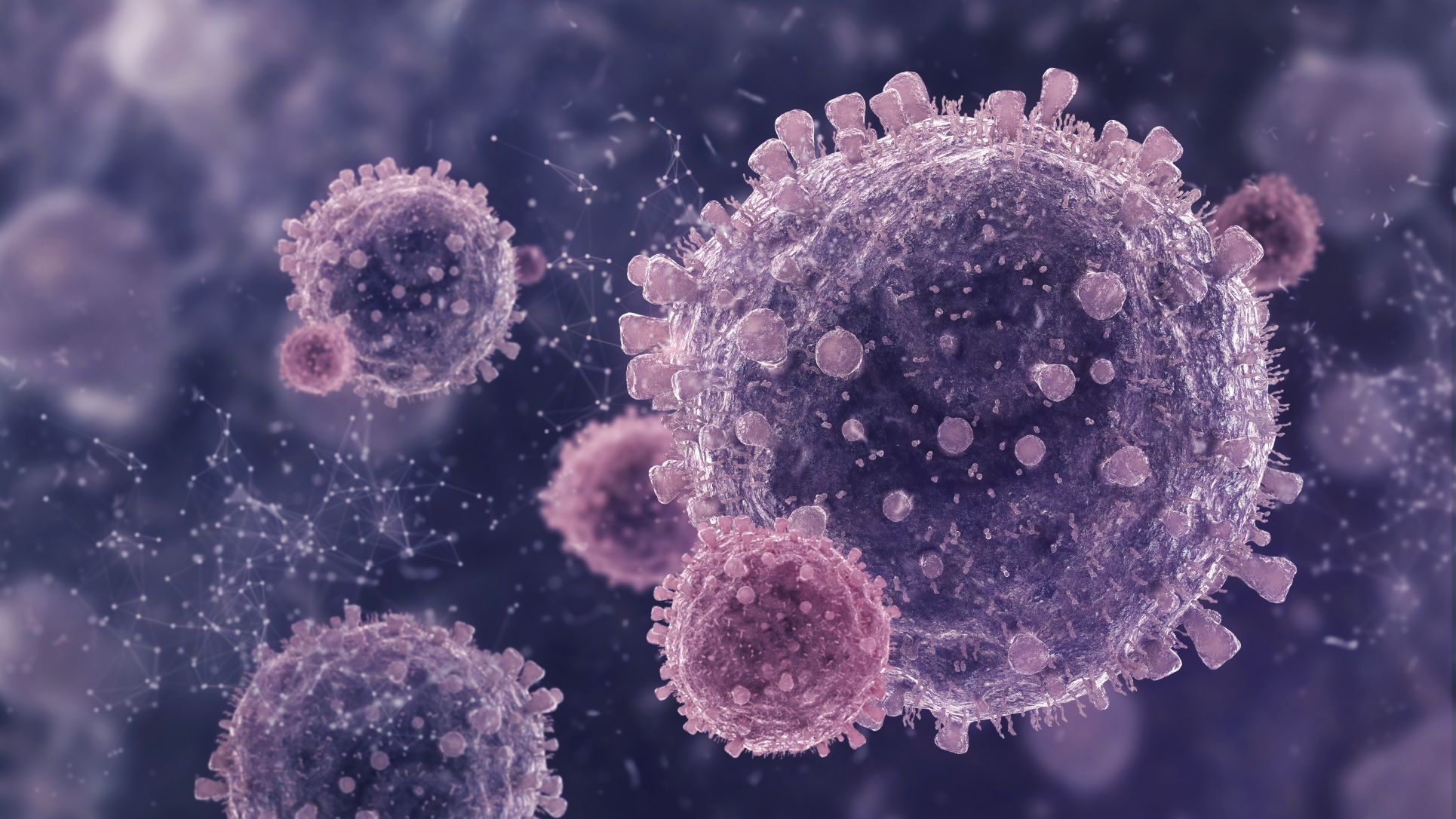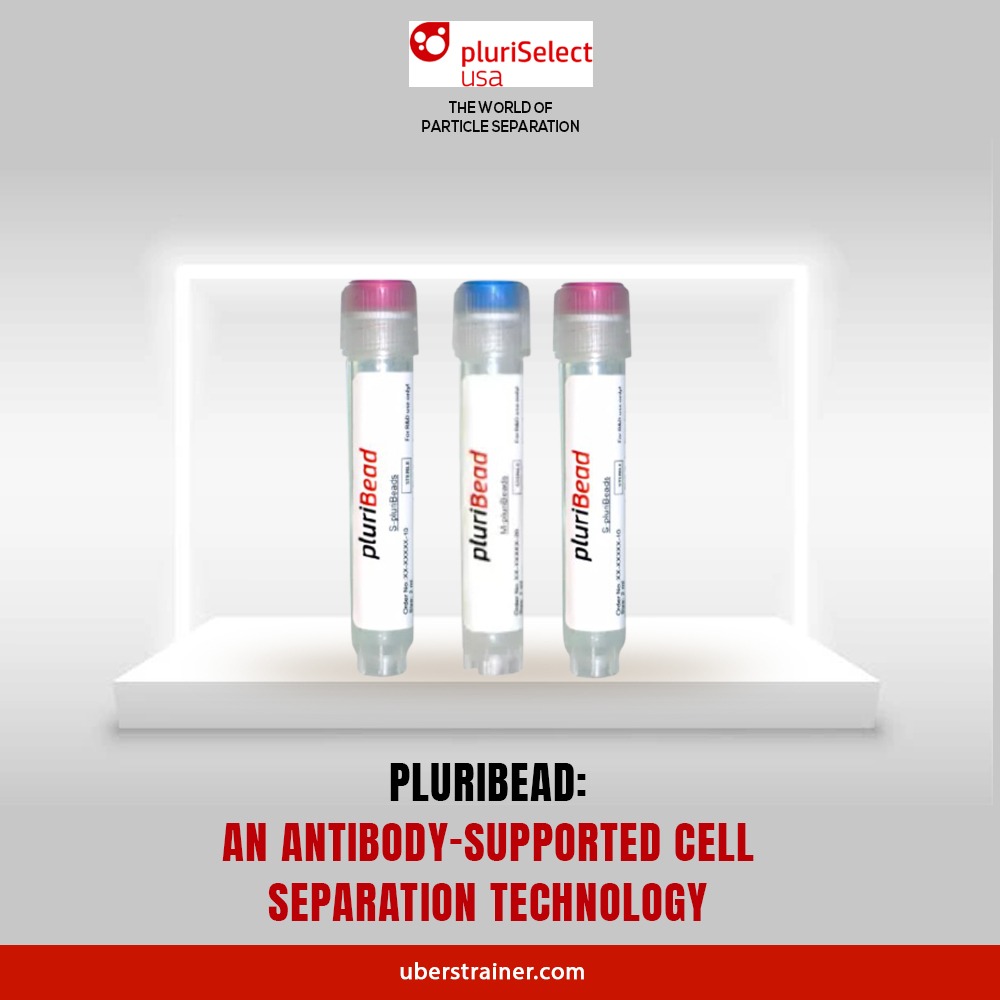In immunology research and clinical studies, isolating pure and viable T cell subsets is essential. Whether you’re working with cytotoxic T cells, helper T cells, or regulatory T cells, the success of your experiments hinges on the quality of your cell preparation. That’s where Lab Cell Strainers play a crucial role. These tools help filter out unwanted debris and aggregates, providing a cleaner, more refined suspension for further analysis or downstream applications.
Among the available options, Syringe Strainers offer unique advantages for researchers handling delicate T cell subsets. Their compatibility with both syringes and tubes, along with a secure screw-cap and Luer-Lock port, makes them easy to integrate into many lab workflows. Available in a wide range of mesh sizes—from 1 µm to 500 µm—Syringe Strainers allow for flexible use across different sample types and concentrations.
This article explores how Syringe Strainers can help labs achieve better outcomes in T cell subset isolation. By streamlining the separation process and preserving cell integrity, they support cleaner, faster, and more reliable results. If you’re working with sensitive immune cells, understanding how to use Syringe Strainers effectively could improve both the quality and efficiency of your research.
Why T Cell Subset Isolation Matters
T cells play a vital role in the immune system, defending the body against infections and tumors. However, not all T cells are the same. Different subsets—such as helper T cells (CD4+), cytotoxic T cells (CD8+), and regulatory T cells (Tregs)—carry out distinct functions. For immunotherapy, vaccine research, and autoimmune disease studies, isolating these subsets with high purity is essential.
Each T cell subset can provide unique insights into immune function. For example, CD8+ cytotoxic T cells are often the focus in cancer immunotherapy because of their ability to kill cancer cells directly. Regulatory T cells, on the other hand, are important in understanding autoimmune conditions and transplant tolerance. When working with mixed cell populations, it becomes difficult to study each subset’s specific role unless they are first separated effectively.
Accurate isolation of T cell subsets allows researchers to analyze cellular behavior, test therapeutic compounds, and conduct gene expression studies without interference from other cell types. It also improves the success rate of downstream applications such as flow cytometry, RNA extraction, and cell-based assays.
Because T cells are sensitive to physical stress, the isolation method must minimize mechanical damage. Using harsh or imprecise tools can compromise cell viability, alter phenotype, or introduce variability in results. That’s why incorporating effective filtration tools—such as Syringe Strainers—is critical. These devices help ensure that the cells you isolate are not only pure but also functional and ready for use in demanding experiments.
In short, high-quality T cell subset isolation forms the foundation of reliable immunological research. Whether in basic science or clinical development, precision in this step enables better data, more reproducible results, and ultimately, stronger conclusions.
Overview of Syringe Strainer and Its Features
The Syringe Strainer is a laboratory tool designed to simplify and improve sample preparation—especially when working with delicate cell types like T cell subsets. Unlike traditional filtration systems, the Syringe Strainer offers a compact, easy-to-use format that integrates directly with syringes or tubes using a secure Luer-Lock connection. This feature ensures leak-proof operation while allowing compatibility with both manual and automated setups.
One of its most valuable features is the range of available mesh sizes, from 1 µm to 500 µm. This wide variety lets researchers choose the right pore size for their specific application—whether removing large debris before magnetic-activated cell sorting or performing a final cleanup before flow cytometry. Common mesh sizes like 40 µm, 70 µm, and 100 µm are ideal for processing human PBMCs or T cells without risking clogging or cell loss.
The Syringe Strainer supports both positive and negative pressure filtration. This means you can push the sample through gently with a syringe or draw it through using suction, depending on your workflow. For delicate samples such as T cell subsets, this gentle control reduces mechanical stress, helping maintain cell viability and function.
In addition to its filtration capabilities, the Syringe Strainer is also designed for easy particle recovery. You can backflush the filtered contents using a syringe to collect target cells without additional handling. This is particularly useful when enriching or collecting purified T cell populations for further analysis.
Sterile and non-sterile versions are available, making the Syringe Strainer adaptable for both research and clinical-grade workflows. For high-volume labs, the ability to combine the strainer with tubes or pumps using Luer-Lock adapters adds even more scalability.
In summary, the Syringe Strainer is a versatile, efficient, and gentle solution for labs that need precision in every step of their T cell isolation protocol.
Integrating Syringe Strainers into T Cell Isolation Workflows
Here’s how to use the Syringe Strainer at key points in a T cell isolation protocol:
1. Sample Preparation
- Begin with whole blood or PBMC suspension.
- Attach the Syringe Strainer (e.g., 70 µm mesh) to a syringe and draw the sample through.
- This removes cell clumps and debris while retaining target T cells.
2. Pre-Magnetic Sorting
- Pass the sample first through a cell strainer 100 µm to clear large particles.
- Follow with a 70 um cell strainer for smaller clumps that can reduce sorting efficiency.
3. Density Gradient Stratification
- After density gradient centrifugation, recover the interface layer.
- Filter it through a 40 um cell strainer before downstream processing to improve separation of smaller T cell populations.
4. Post-Sort Cleanup
- After magnetic or FACS sorting, use a 70 um cell strainer to remove bead aggregates or dead cell clumps.
- This final cleanup ensures no interference for downstream assays.
This stepwise use of the Syringe Strainer enhances cascade straining—a process of sequential filtering through multiple mesh sizes for improved purity and viability.
Enhancing Purity and Viability
Gentle Handling
Negative-pressure backflush retrieval protects cells from shear stress. Positive-pressure filtering through an airtight seal avoids damage, preserving sensitive T cell function.
Increased Yield
Sequential filtration results in cleaner samples and higher purity, leading to better recovery after magnetic or flow sorting. Preliminary data show up to a 20% boost in isolated T cell yields with reduced debris.
Improved Downstream Results
Clean suspensions enhance flow cytometry readings and reduce background fluorescence. Higher purity also optimizes cytokine assays and functional tests.
Comparing Syringe Strainers with Other Lab Cell Strainers
- Wider Mesh Size Range
- Syringe Strainers: Offer a broad selection of mesh sizes from 1 µm to 500 µm, suitable for various cell types and filtration needs.
- Other Lab Cell Strainers: Typically come in fixed or limited mesh options, restricting flexibility.
- Compatible with Positive and Negative Pressure
- Syringe Strainers: Support both positive and negative pressure, allowing more control and gentler handling.
- Other Lab Cell Strainers: Often rely on passive gravity filtration, which may not be ideal for sensitive cells.
- Efficient with Small to Large Volumes
- Syringe Strainers: Can handle small and large sample volumes, and integrate with tubing and pumps for high-throughput tasks.
- Other Lab Cell Strainers: May clog or slow down when used with larger volumes, limiting scalability.
- Built-In Recovery Option
- Syringe Strainers: Allow easy backflush recovery of filtered cells directly through the syringe.
- Other Lab Cell Strainers: Often require manual scraping or centrifugation to retrieve target material, increasing effort and loss.
- Reusable Possibilities
- Syringe Strainers: Available in reusable options, offering cost-efficiency for routine use.
- Other Lab Cell Strainers: Generally single-use only, contributing to higher long-term costs.
Practical Tips for Lab Implementation
- Choose mesh wisely: Use 70 µm or 100 µm for initial cleanup.
- Control pressure: Use gentle negative pressure for delicate cells.
- Sterile technique: Prevent contamination by handling under clean conditions.
- Routine checks: Visual inspection ensures mesh integrity before each batch.
- Adapt to your workflows: The Syringe Strainer works with pumps or syringes as labs scale.
How SyringeStrainers Integrate into Particle Separation Techniques
Particle separation techniques such as density gradient centrifugation and magnetic-activated cell sorting (MACS) are key in isolating cytotoxic T cells and other subsets. Syringe Strainers enhance those steps:
Supporting Density Gradient Centrifugation
After density gradient separation, samples often contain dead cells and debris. Syringe Strainers act as a final cleanup tool. Drawing the interface layer through a 40 µm or 70 µm mesh yields cleaner, debris-free cell fractions, which improves purity and downstream analyses.
Enhancing MACS Workflows
MACS relies on clean suspensions for optimal antibody binding. Pre-sorting filtration using a Syringe Strainer reduces clumps and aggregates. This improves iron bead efficiency and switching speed, safeguarding both positive and negative selection outcomes.
By integrating Syringe Strainers at these key stages, practices in particle separation techniques become more reliable and cell fractions more viable.
Advantages of SnapCap Lab Cell Strainers in NK Workflows
- Pressure Control: Attach to syringe or pump to manage flow through dense or debris-rich samples.
- Mesh Adaptability: Choose appropriate pore sizes (100, 70, or 40 µm) for target purity and sample type.
- Backflush Retrieval: Draw filtered cells back through the mesh to recover trapped cells easily.
- Volume Handling: Handles small or large sample volumes with minimal manual manipulation.
- Compatibility: Works well with existing lab equipment—magnetic sorters, centrifuges, pumps.
Optimizing for Rare T Cell Subsets
Rare subsets like memory or regulatory T cells require careful handling. Syringe Strainers excel because they:
- Maintain cell viability during filtration.
- Protect fragile populations from clumping or activation.
- Deliver high purity without damage.
Use fine meshes (40 µm) during final prep to eliminate small debris, preserving precious rare cells and ensuring accurate analysis.
Future-Proofing Lab Straining Methods
As labs lean toward automation and higher throughput, tools like Syringe Strainers stand ready:
- Automation-ready: Adapter-friendly with pumps and robotic systems.
- Scalability: Switch meshes and pressure settings easily across sample types.
- Minimal investment: No columns or magnets—it works with standard kit components.
Syringe Strainers equip labs not just for current workflows but also for more advanced future practices.
Conclusion
Lab Cell Strainers like the Syringe Strainer are reshaping how T cell subset isolation is performed in modern research labs. With increasing demand for highly pure, viable, and functional immune cell populations—particularly helper, cytotoxic, regulatory, and memory T cells—the tools we use during preparation and separation can directly impact the quality of results. Syringe Strainers stand out by offering practical benefits that align closely with real-world lab needs.
One of the key advantages of Syringe Strainers is their compatibility with both positive and negative pressure systems. This allows researchers to exert greater control over flow rates and handling pressure, minimizing stress on delicate cells. When working with sensitive T cell subsets, gentle processing often means the difference between high viability and cell loss. Traditional cell strainers that depend solely on gravity cannot always meet this requirement.
Syringe Strainers are also available in an extensive range of mesh sizes, from 1 µm to 500 µm. This level of flexibility lets labs choose the best mesh for the task—whether that’s preparing single-cell suspensions, removing debris, or enriching target cells. Moreover, their ability to integrate into existing particle separation techniques, such as density gradient centrifugation and magnetic-activated cell sorting (MACS), makes them adaptable and scalable.
Another crucial feature is the built-in recovery mechanism via backflushing. This not only simplifies sample retrieval but also reduces cell loss, an important factor when working with limited or precious samples. Compared to conventional lab cell strainers that may require extra tools or manual effort to recover cells, Syringe Strainers improve workflow efficiency.
In summary, if you’re looking to optimize your T cell isolation protocols, improve consistency, and reduce manual handling, Syringe Strainers are worth serious consideration. Their unique features make them one of the most versatile Lab Cell Strainers available today. Explore their benefits, align them with your lab’s protocols, and take a step toward more efficient, scalable, and reproducible cell separation.
 English
English French
French
 German
German
 Spanish
Spanish
 Belgium
Belgium
 Italian
Italian Brazil
Brazil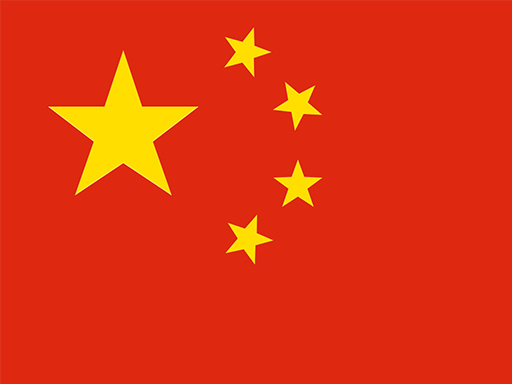 Chinese Mandarin
Chinese Mandarin
